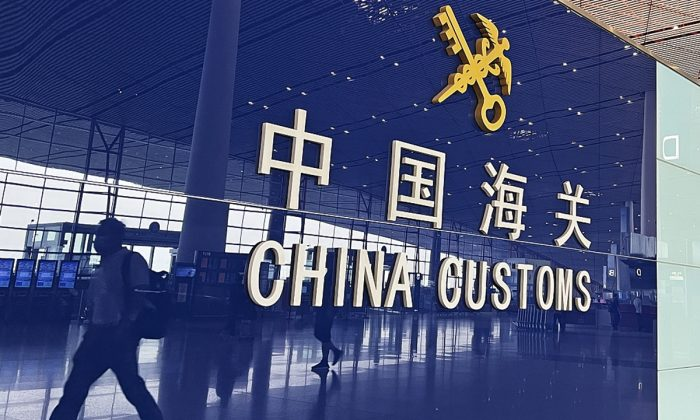Complying with all the regulations to sell your product can be overwhelming, but you don’t have to face it alone.
Many entrepreneurs like you have developed incredible products and launched them… without knowing that they needed something key: to comply with European Union regulations.
The good news? You don’t need to be an expert in legislation to do it right. You just need to know what is expected of your product and how to prepare.
If you’re about to launch (or are already selling), here’s a clear, step-by-step guide to ensuring your product’s compliance.
1. What regulations apply to your product?
The first step in ensuring product compliance is to know which regulations apply to it.
There is no single standard for everything. It depends on the type of product:
- If you sell toys, Directive 2009/48/EC applies to you.
- If you sell electrical products, you will probably have to comply with the ROHS Directive and some others.
- If they are protective equipment, you will have to follow the PPE Regulation (EU) 2016/425.
- And if it is a product without specific regulations, it is governed by the new GPSR Regulation.
The latter is key: the General Product Safety Regulation (GPSR) requires that any product offered for sale must be safe, have the appropriate technical documentation, and be correctly labeled.
2. Does it meet the essential requirements?
The European Union establishes a series of minimum conditions that any product must meet:
- User safety: all products must be safe to use.
- Clear and visible information: instructions, warnings, intended use.
- Correct labeling: manufacturer’s name, address, mandatory markings (such as the CE marking, if applicable).
If the product does not meet these requirements (among others), it cannot be legally marketed.
3. Do you need laboratory tests?
In many cases, you will need to conduct specific tests to prove that your product is safe. These tests may include:
- Mechanical: resistance, falls, moving parts.
- Electrical: safety against short circuits, overloads.
- Chemical: presence of restricted or toxic substances.
The results of these tests must be included in the reports that form part of your technical documentation.
4. Do you have the complete technical file?
The technical file is the document that contains all the information justifying the product’s compliance with the applicable regulations. It includes:
- Product description.
- Risk analysis.
- Tests performed and results.
- Instructions and manuals.
- Photographs, plans, reports.
It is essential to keep it up to date, available to the authorities, and ready in case of inspection or request.
5. Have you issued the declaration of conformity?
The declaration or certificate of conformity is a legal document in which you state that your product complies with European regulations. It must include:
- Your details as the manufacturer.
- The regulations with which the product complies and its harmonized standards.
- The signature of a responsible person.
- Date and place of issue.
This document is mandatory for products that must bear the CE marking, but it is also highly recommended in other cases. It helps demonstrate your commitment to regulatory compliance.
6. Does it bear the CE marking (if applicable)?
The CE marking is not just a symbol that must be affixed by law. It means that you have followed a comprehensive evaluation process and that your product complies with the applicable legal requirements.
It has to be:
- Visible, legible, and indelible.
- Placed on the product or its packaging.
- Accompanied by the name of the manufacturer and contact address in the EU, if it is a seller from outside the EU.
Not all products require it, but if yours does and it is missing (or incorrectly placed), you may encounter problems at customs or during market inspections.
Does all this sound like a lot to you?
That’s normal. But you’re not alone. At Zertify, we give you everything you need: applicable regulations, tests, documents, certificates… without technical jargon or beating around the bush.
Want to get off to a good start?


